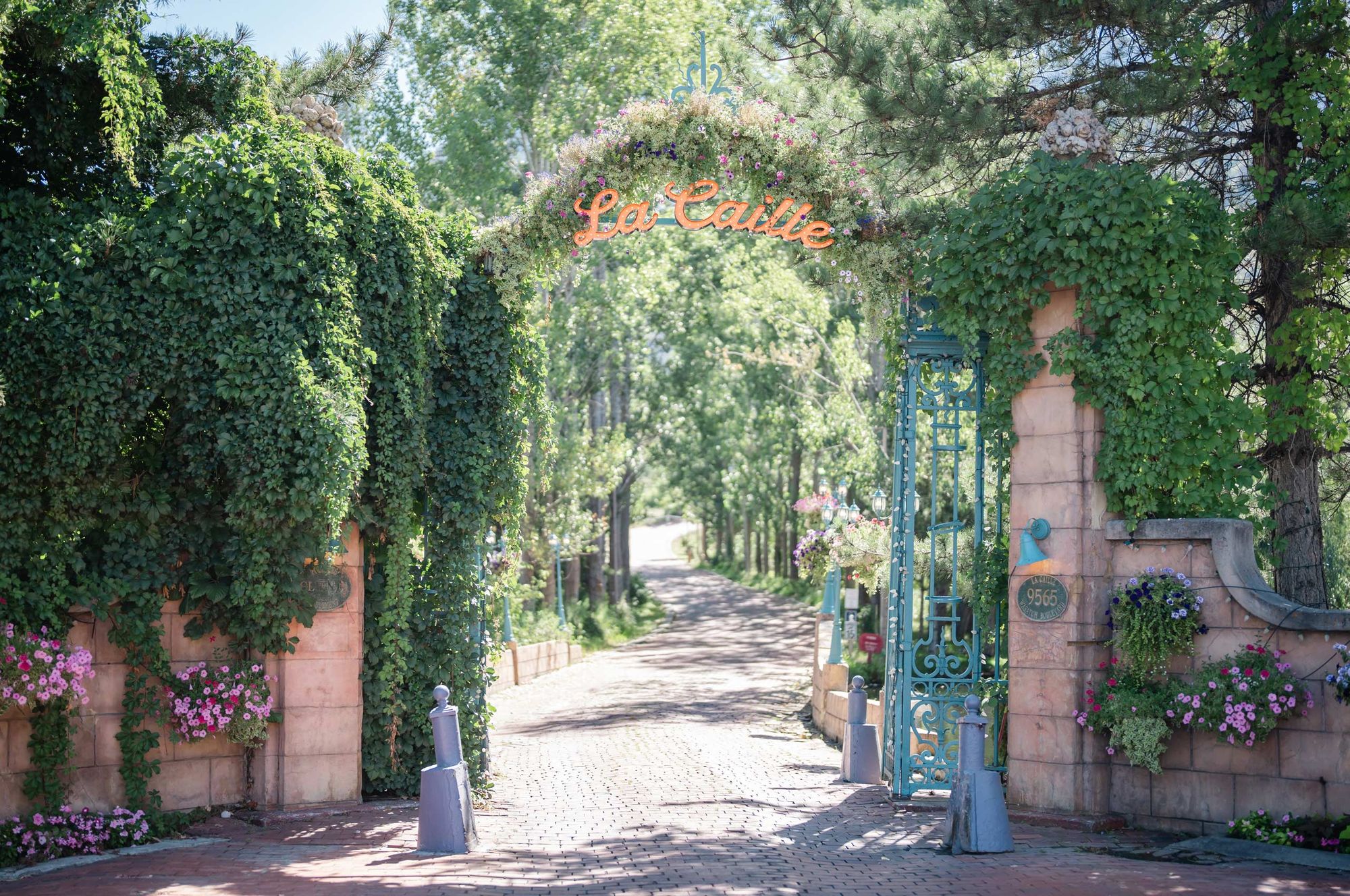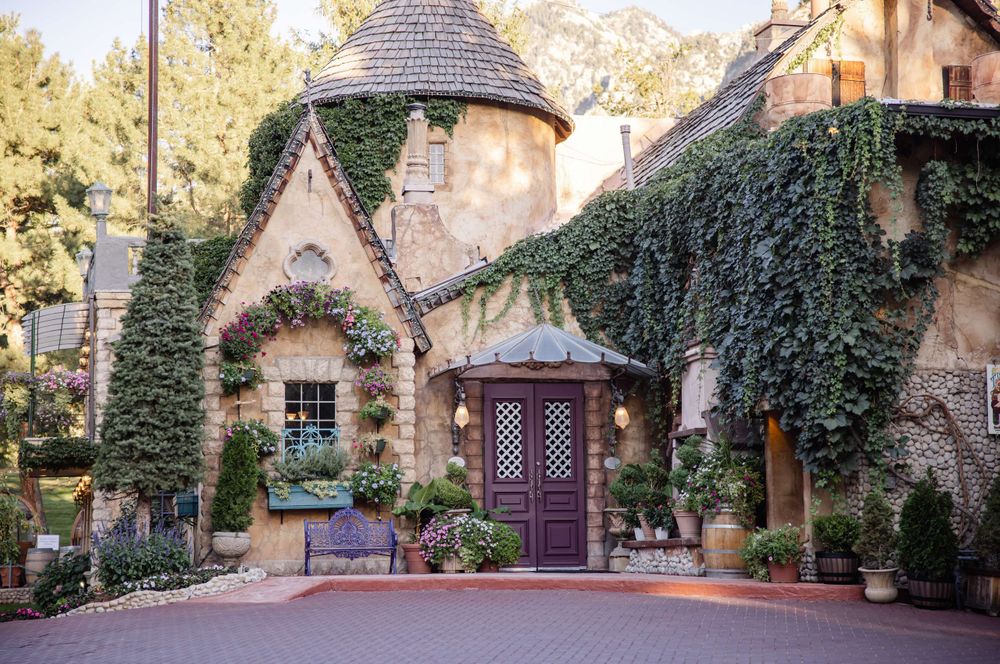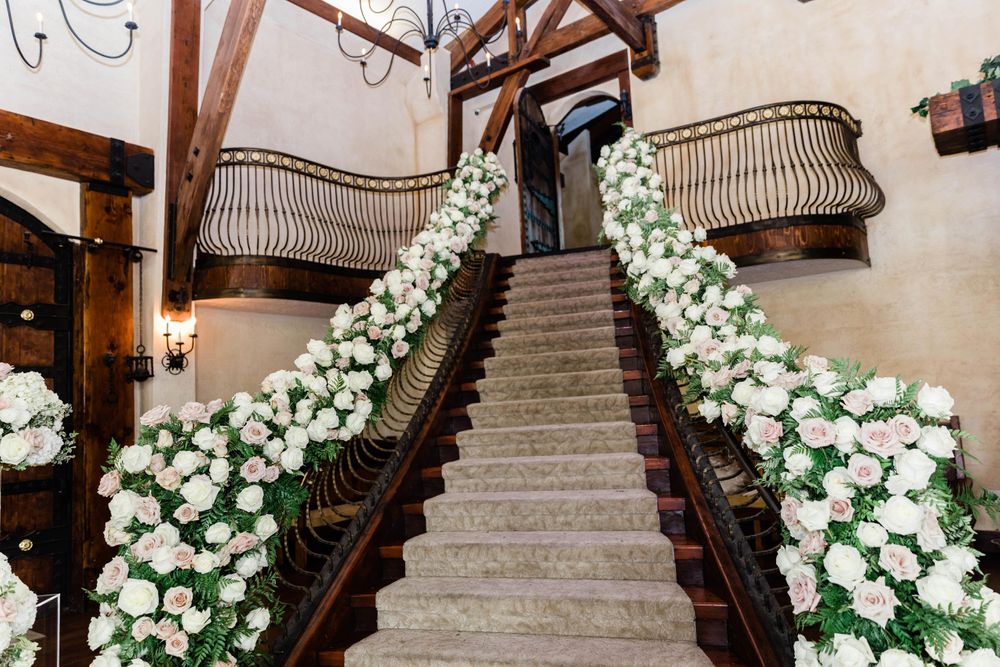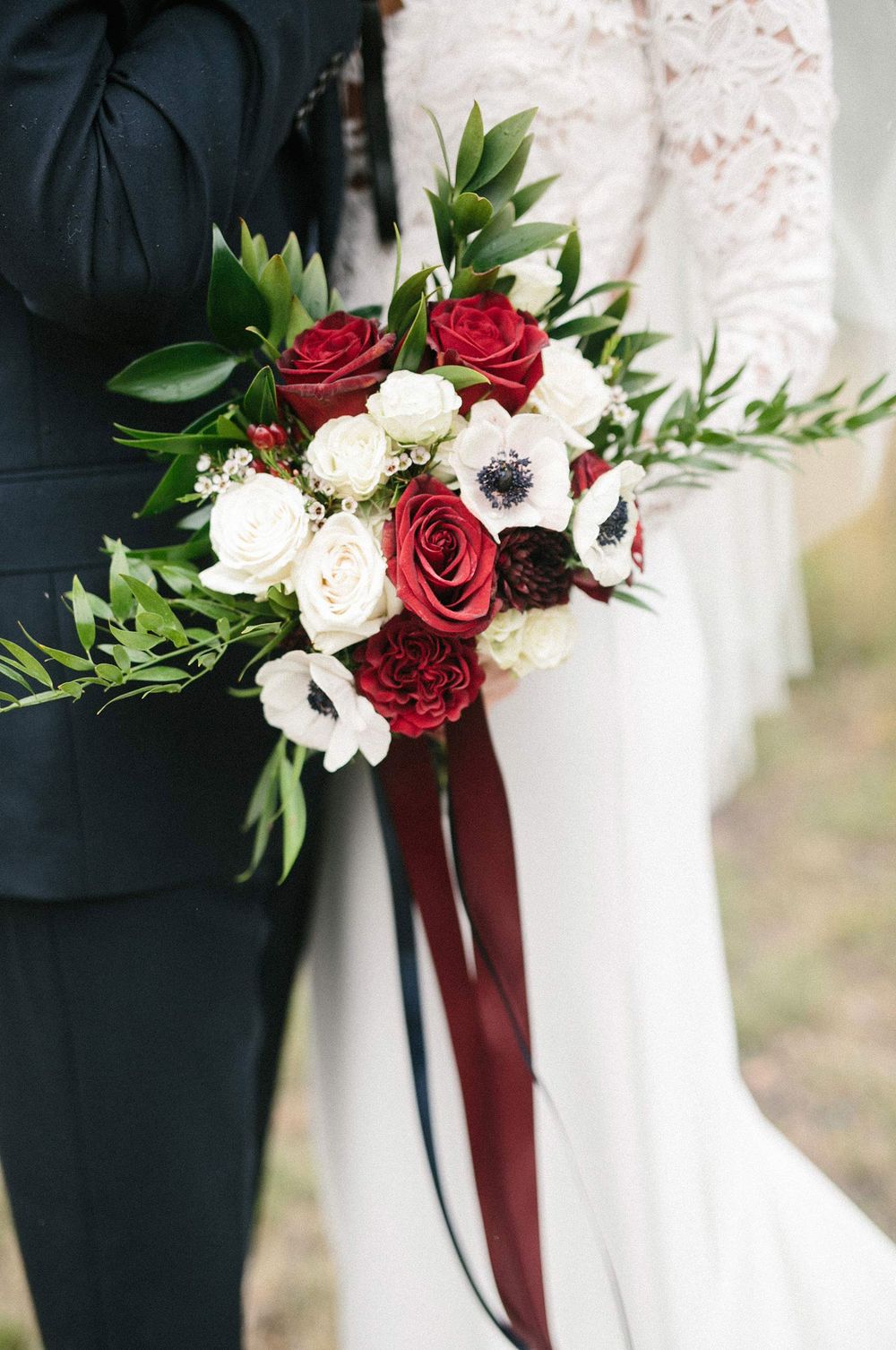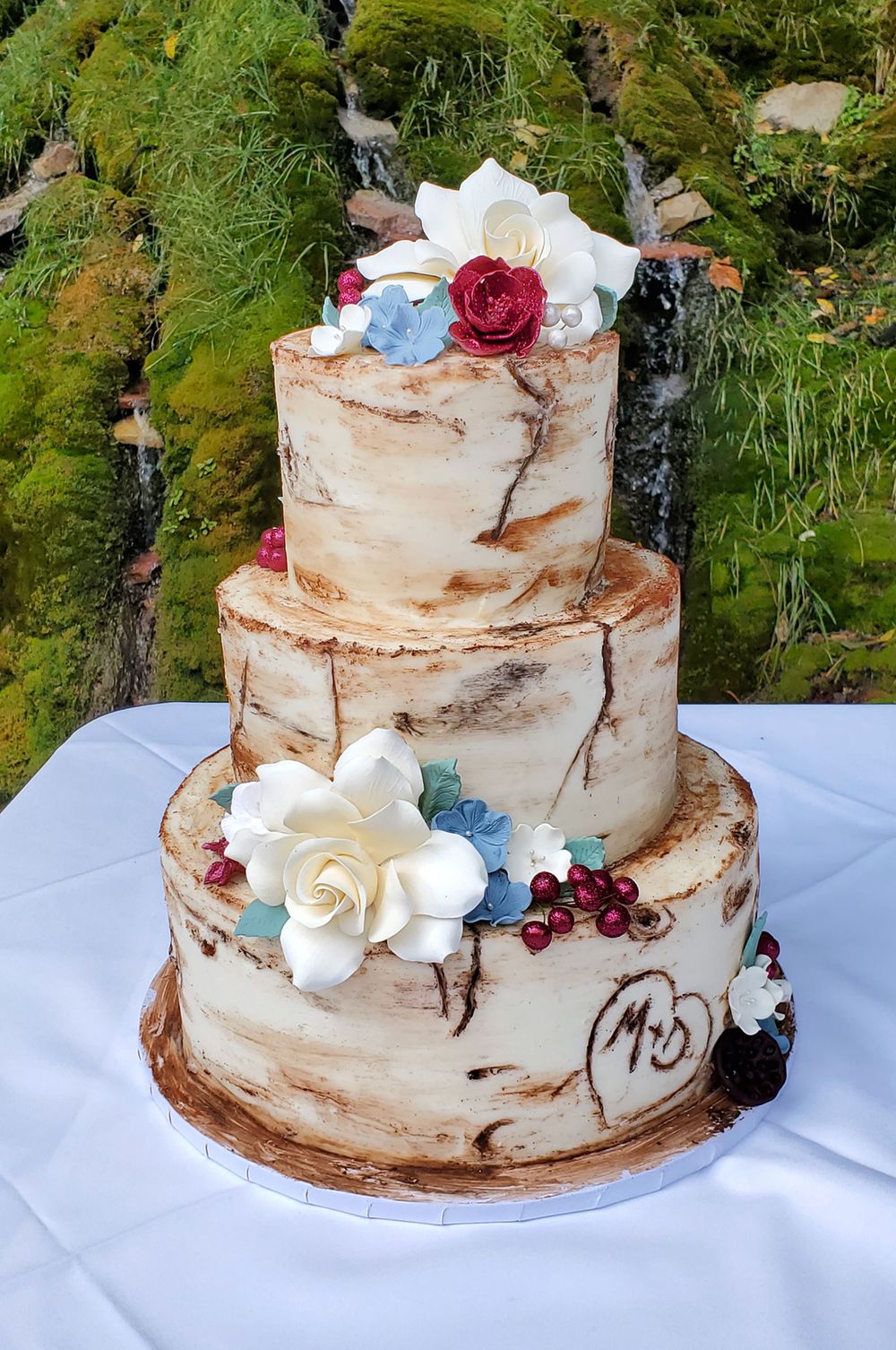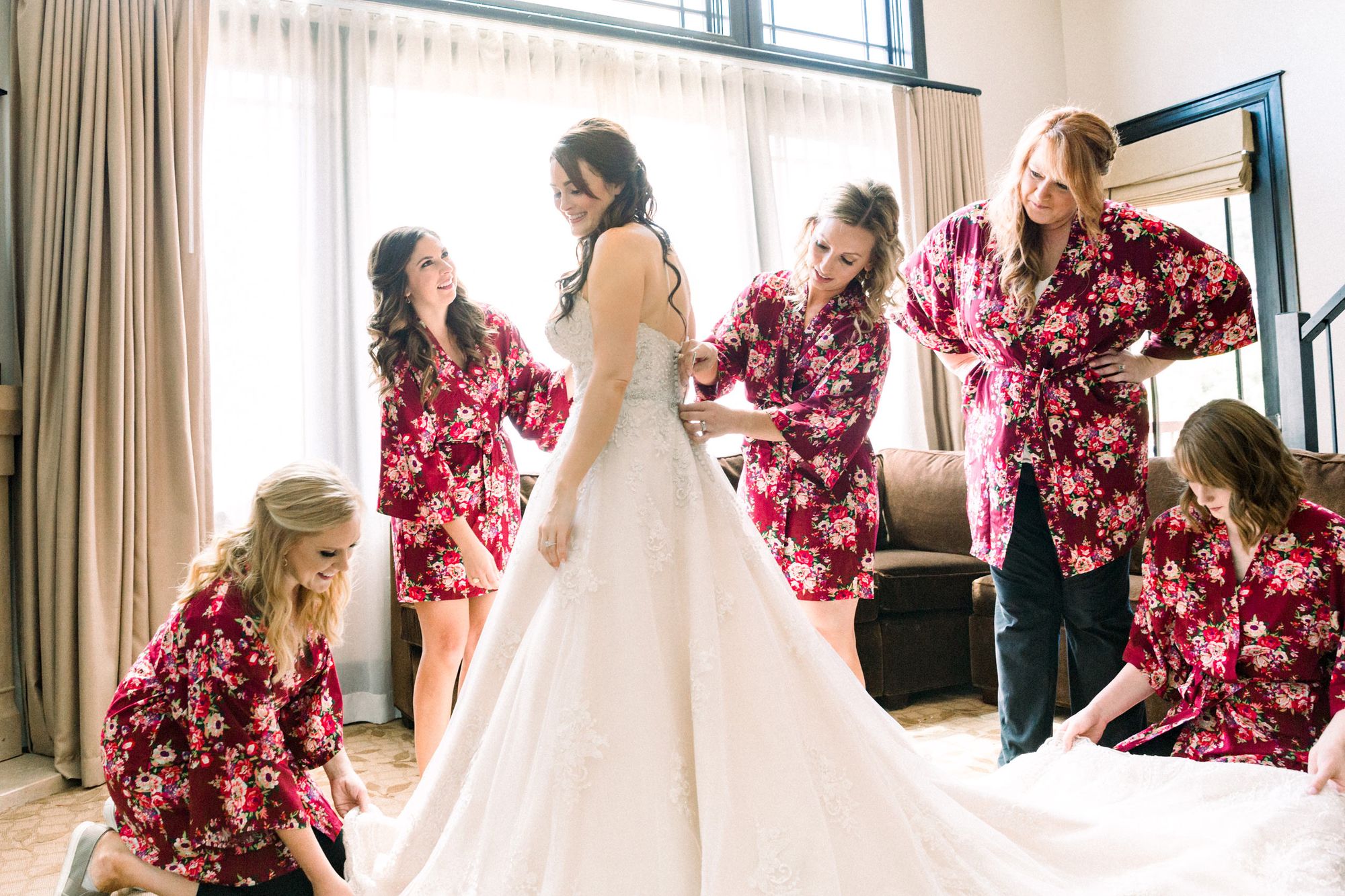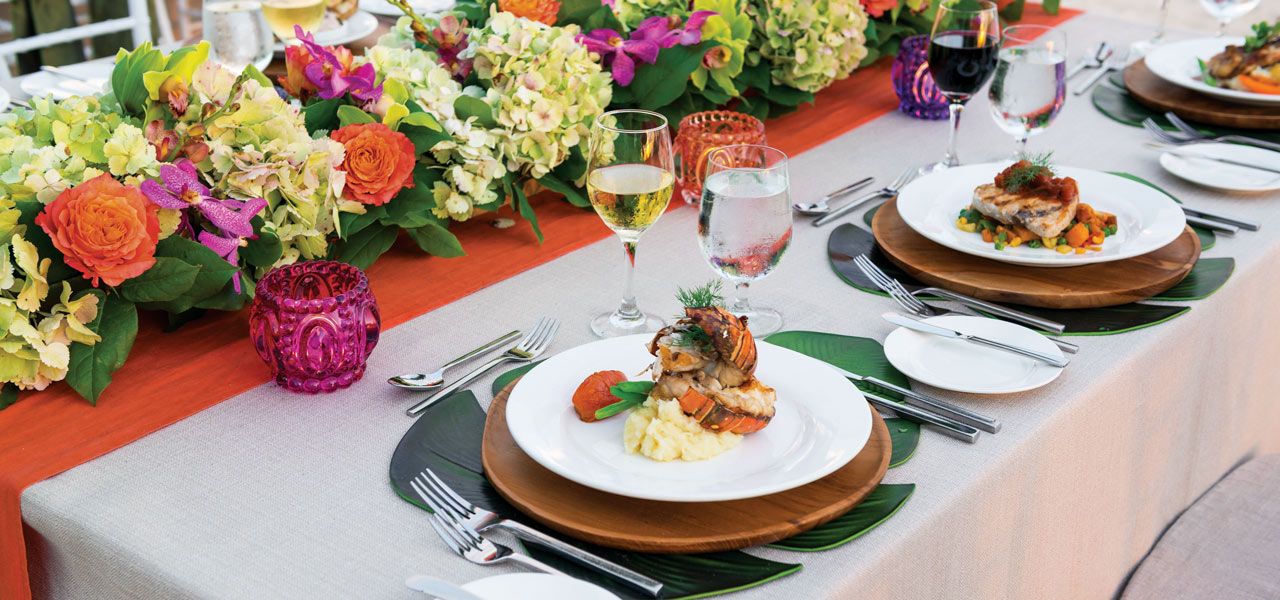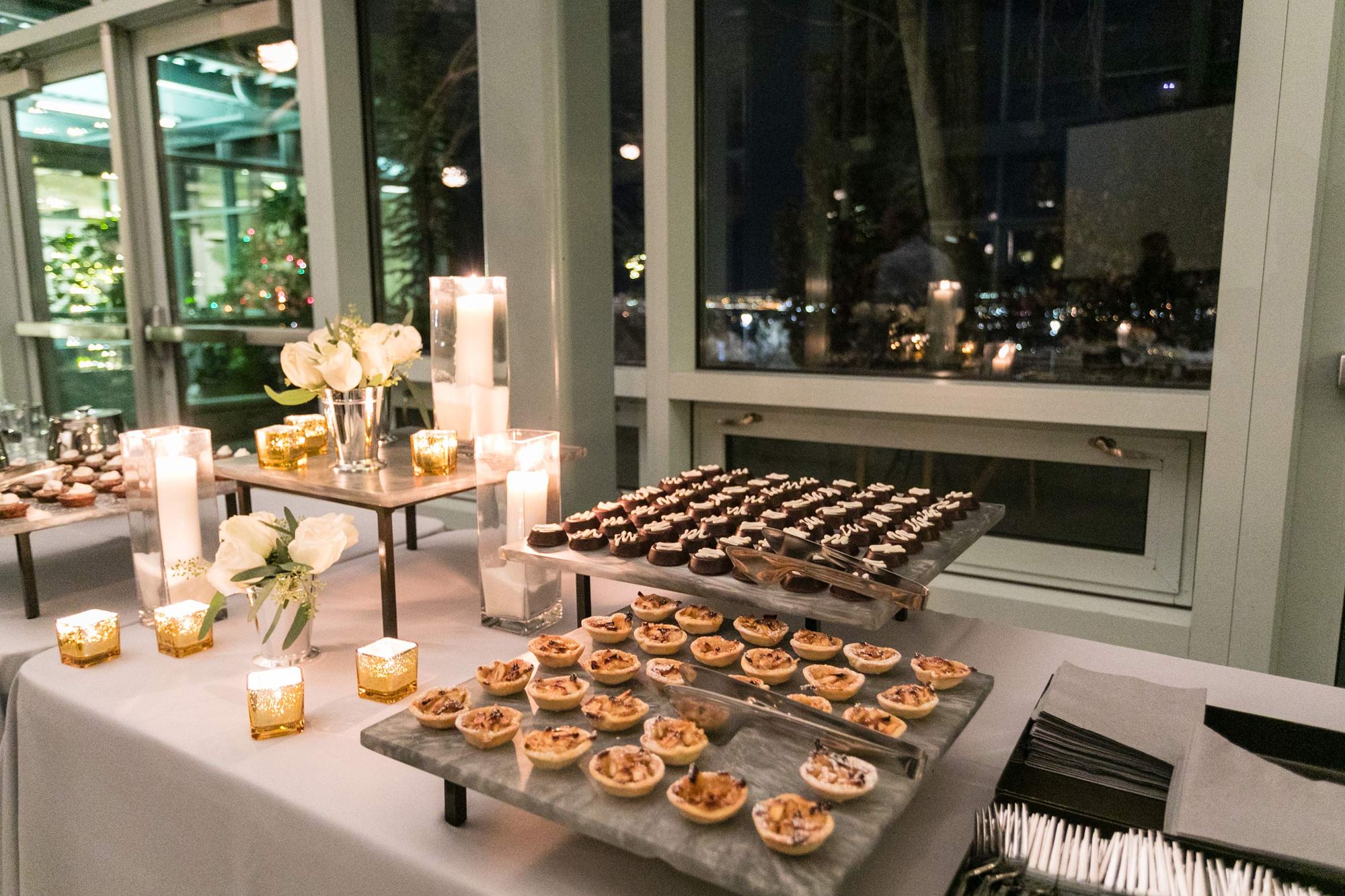When initially discussing a budget with clients, a common question is if the total budget they’ve allocated is “realistic” or not. This can be a hard question to answer unless you have knowledge of the general costs of the vendor you are wanting. There are also a lot of variables that come into play with a wedding budget as well.
Building a realistic wedding budget involves reviewing multiple factors to ensure you cover all necessary expenses without overspending. A local wedding planner can be a huge asset to determine if your budget is realistic or not. Here's a step-by-step guide to help you:
Determine Your Total Budget: It’s important to start by figuring out how much you can afford to spend on your wedding. Knowing the maximum you are willing to spend on your wedding will help allocate the total budget into your prioritized expenses. Remember to consider contributions from family members as well.
Prioritize Expenses: Once you know your total budget, you can now go through and outline your top priorities for the wedding. This could include the venue, catering, photography, attire, entertainment, and decorations. Rank these in order of importance to allocate more of your budget to the items that matter most to you. Keep in mind that these priorities may have to shift once you start allocating funds.
Research Average Costs: Research the average costs for weddings in the area where you hope to have your wedding. Websites, wedding magazines, talking to friends or family that have been married in the past year or two, or even asking a local wedding planner can provide insights into typical expenses.
Categorized and Allocate Funds: Divide your budget into categories based on your priorities. Common categories include venue, catering, attire, photography/videography, entertainment, rentals, flowers, invitations, transportation, and miscellaneous expenses. Next, allocate a portion of your total budget to each category based on its priority and average costs. We typically see about 50% of the overall budget spent on venue site fees and food/beverage costs. The remaining 50% can then be allocated to the remaining vendors. It’s always a good idea to build a buffer into your budget to cover unexpected expenses or changes.
Track Expenses and Review Regularly: Keep track of your spending as you plan your wedding. If you are working with a wedding planner, they will create, track, and manage your budget for you. You could also use a spreadsheet or budgeting app. Regularly review your budget to ensure you're staying on track. Make adjustments as needed and don’t be afraid to reallocate funds from one service to another if needed.
Negotiate and Shop Around: Don't be afraid to negotiate with vendors or shop around for pricing that fits better within your budget. Vendors may be willing to work within your budget, especially if you're flexible with dates or services.
By following these steps, you can create a realistic wedding budget that allows you to have the wedding of your dreams without breaking the bank.

